SREENIKESH ACADEMY
Fundamental Rights – Revision Notes for UPSC
1. Introduction
Enshrined in Part III (Articles 12-35) of the Indian Constitution.
Inspired by the U.S. Bill of Rights.
Justiciable (enforceable by courts under Article 32).
Right to Equality (Articles 14–18)
Article 14 – Equality before law & equal protection of laws (no arbitrary discrimination).
Article 15 – Prohibits discrimination based on religion, race, caste, sex, or place of birth (applies to citizens only).
Article 16 – Equality in public employment (reservations permitted for SC/ST/OBCs).
Article 17 – Abolishes untouchability (offence punishable by law).
Article 18 – Abolishes titles (except military & academic honors).
Right to Freedom (Articles 19–22)
Article 19 – 6 Fundamental Freedoms (with reasonable restrictions):
Speech & expression
Peaceful assembly
Form associations/unions
Free movement in India
Reside & settle anywhere
Practice any profession
Article 20 – Protection in criminal cases:
No ex-post facto law (cannot punish for past legal acts).
No double jeopardy (cannot be tried twice for same offence).
No self-incrimination (right to silence).
Article 21 – Right to life & personal liberty (expanded to include privacy, dignity, health, etc.).
Article 21A – Right to free & compulsory education (6–14 years).
Article 22 – Protection against arbitrary arrest & detention (must be informed of grounds, right to lawyer).
Right Against Exploitation (Articles 23–24)
Article 23 – Prohibits human trafficking, forced labour, beggar system.
Article 24 – Prohibits child labour (below 14 years in factories/mines).
Right to Freedom of Religion (Articles 25–28)
Article 25 – Freedom of conscience & religion (subject to public order, morality, health).
Article 26 – Right to manage religious affairs (establish institutions).
Article 27 – No tax for religious promotion.
Article 28 – No religious instruction in govt. schools.
Cultural & Educational Rights (Articles 29–30)
Article 29 – Protects minority interests (language, culture, script).
Article 30 – Minorities can establish & administer educational institutions.
Right to Constitutional Remedies (Article 32)
Article 32 – "Heart & Soul of Constitution" (Dr. Ambedkar) – Right to move Supreme Court for enforcement of FRs via 5 writs:
Habeas Corpus (release from unlawful detention).
Mandamus (order to public official to perform duty).
Prohibition (stop lower court from exceeding jurisdiction).
Certiorari (quash illegal orders of lower courts).
Quo Warranto (challenge illegal occupation of public office).
Key Notes for UPSC
Article 31 (Right to Property) – Removed as FR (44th Amendment, 1978; now a legal right under Article 300A).
Article 35 – Parliament can make laws for FR enforcement.
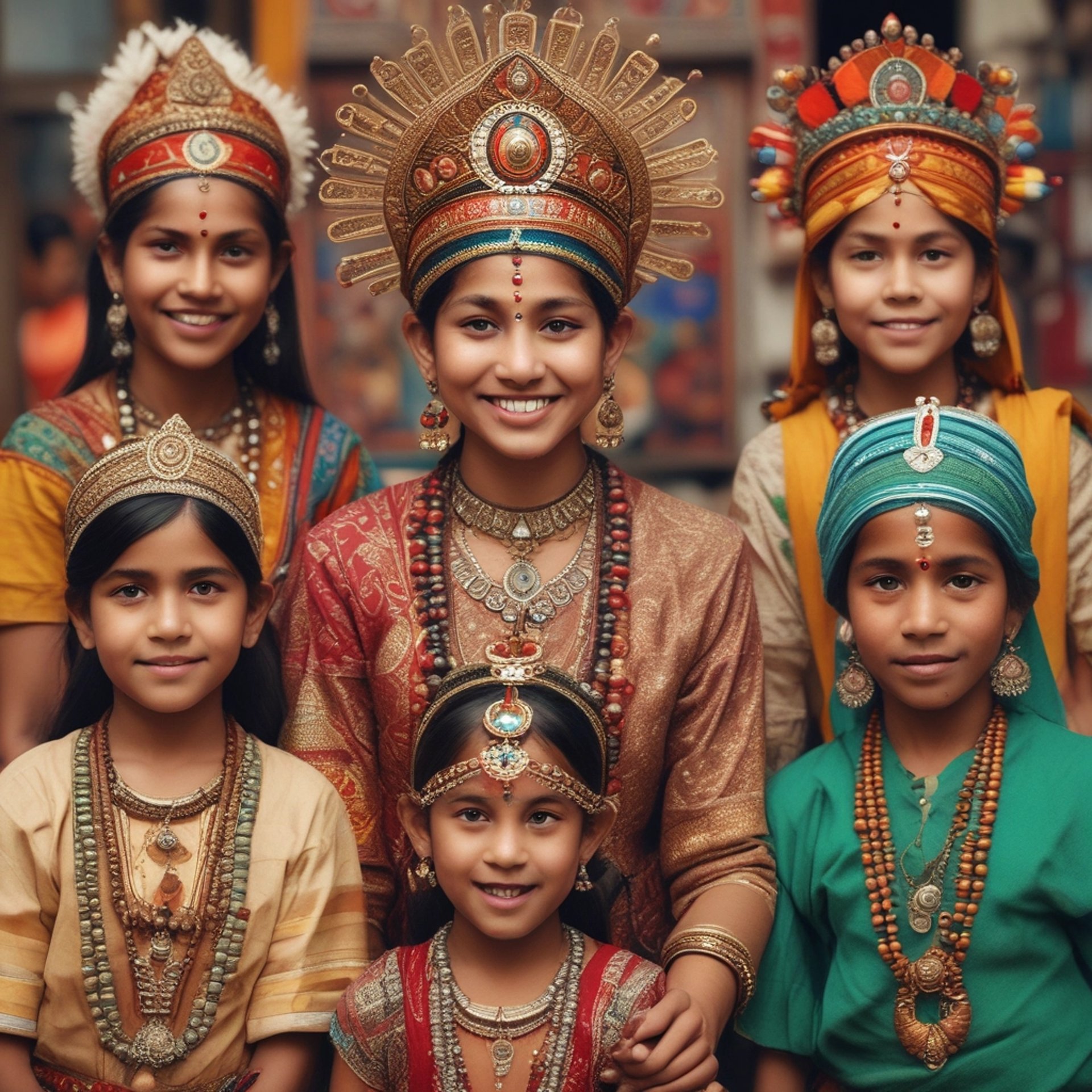
Summary of NCERT Class 6 Polity Chapter 1: "Understanding Diversity"
Introduction to Diversity
Diversity means differences in various aspects of life such as culture, language, religion, food habits, clothing, and traditions.
India is known for its rich cultural, geographical, and linguistic diversity.
Despite these differences, unity exists among people, making India a diverse yet united nation.
Why Does Diversity Exist?
Diversity arises due to geographical factors (climate, landforms, natural resources).
Historical factors such as migrations, invasions, and trade have also contributed to cultural diversity.
People adapt their lifestyles, food, clothing, and traditions according to their environment.
How Do People Adapt to Different Environments?
Example 1: Ladakh and Kerala
Ladakh is a cold desert in the Himalayas, where people rear sheep (for wool), eat meat, and practice Buddhism and Islam.
Kerala, a coastal state, has a warm climate, abundant rainfall, and is known for rice cultivation, fishing, and spice trade.
Despite different environments, both regions have a connection through trade and cultural exchanges.
Diversity in India
India has a long history of migration from different parts of the world, leading to a mix of cultures and traditions.
The arrival of Aryans, Mughals, British, and Portuguese has influenced languages, food, and festivals in India.
Examples of Diversity in India:
Different languages spoken (Hindi, Tamil, Bengali, etc.).
Various festivals celebrated (Diwali, Eid, Christmas, Pongal, Bihu).
Diverse dressing styles (Saree, Salwar Kameez, Dhoti, Kurta-Pajama).
Different food habits (South Indian dosa, North Indian roti, Assamese fish curry).
Diversity and Unity
Despite cultural differences, Indians share a sense of national unity.
The national anthem and symbols unite people despite linguistic and cultural variations.
Historical movements like the freedom struggle saw people from different regions fighting together against British rule.
Equality in the Indian Constitution: The Constitution ensures equality and respect for all cultures.
Prejudice and Discrimination
Prejudice means forming an opinion about someone without knowing them properly.
Discrimination occurs when people are treated unfairly due to religion, caste, gender, or economic status.
Examples:
Discriminating against people based on their skin color or language.
Girls being denied education or job opportunities.
India’s Strength in Diversity
Diversity makes India rich and unique.
It promotes tolerance, cultural exchange, and understanding among people.
Accepting diversity helps in nation-building and promotes peace.
Conclusion
Diversity is India’s strength as it brings different perspectives, traditions, and talents together.
Respecting and embracing diversity helps in creating a harmonious and inclusive society.
This chapter emphasizes the importance of understanding, respecting, and celebrating diversity in everyday life. 🌍✨
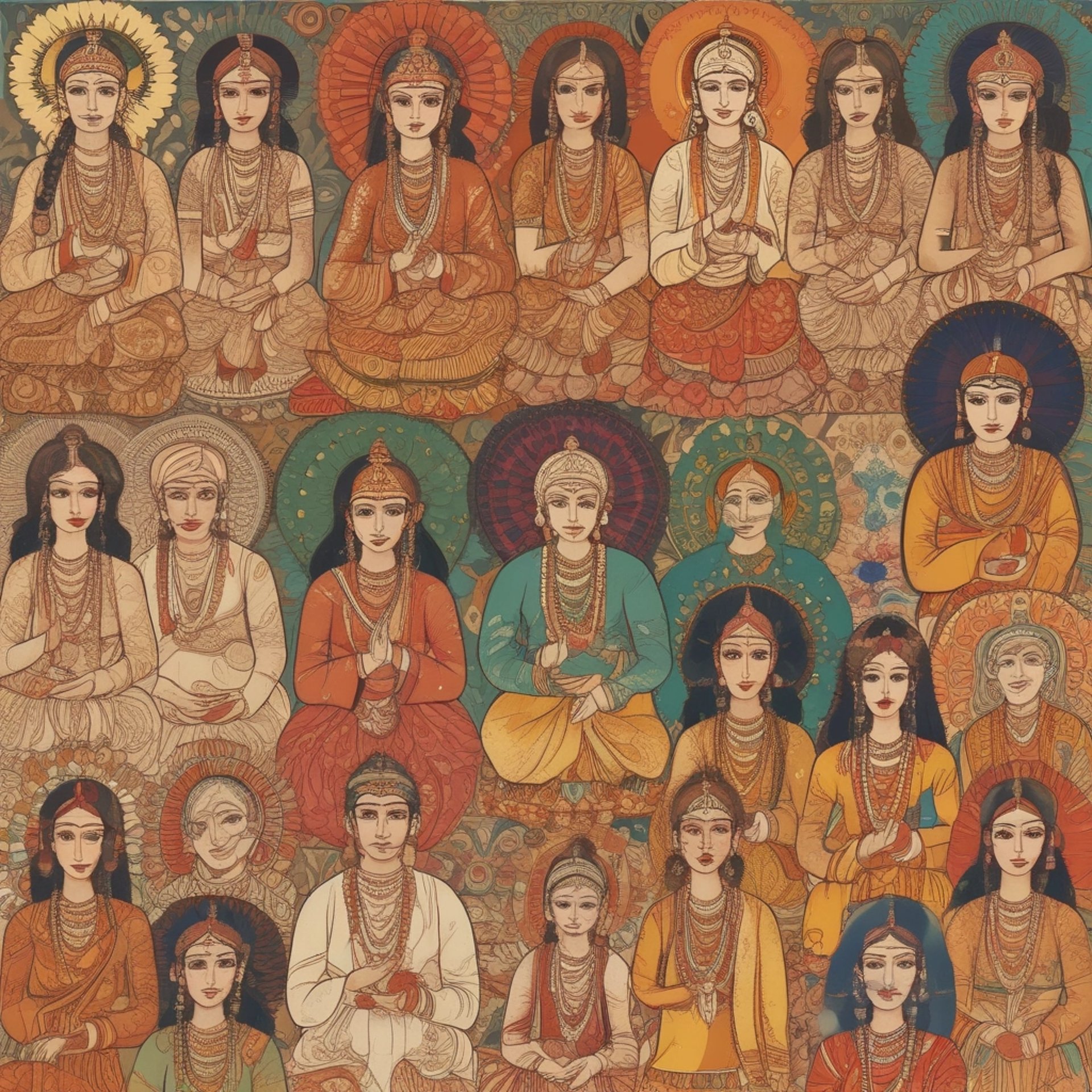
Summary of Chapter 2: Diversity and Discrimination
Introduction
Diversity in India is vast and includes differences in language, religion, traditions, and economic backgrounds.
While diversity can be a source of strength, it also sometimes leads to discrimination and prejudice.
Prejudice and Stereotypes
Prejudice means forming an opinion about someone without knowing them properly.
People may be prejudiced based on religion, region, gender, or economic status.
Stereotypes are generalizations about people, which may not always be true (e.g., "Girls are not good at sports" or "Villagers are uneducated").
Stereotyping prevents individuals from being seen as unique individuals.
Discrimination
Discrimination occurs when people are treated unfairly based on their identity, such as caste, religion, or economic background.
It can be in different forms, such as denying education, employment, or equal rights.
Causes of Discrimination
Differences in Religion and Culture: Some people discriminate against others because of different religious practices.
Economic Background: Poor people are often treated unfairly compared to the rich.
Caste System: Historically, India had a caste-based discrimination system where some communities were considered "untouchables" and denied rights.
Struggles Against Discrimination
Many social reformers like Dr. B.R. Ambedkar fought against caste-based discrimination.
The Indian Constitution guarantees equality to all citizens and prohibits discrimination based on caste, religion, gender, or economic status.
Diversity and Unity
Despite differences, India has a strong sense of unity and shared traditions.
Respecting diversity and treating all individuals equally is necessary for a fair society.
Conclusion
Diversity should be celebrated, not used as a reason for discrimination.
The values of equality and justice must be upheld to create a just society.
This summary captures the key points of the chapter in a structured manner.
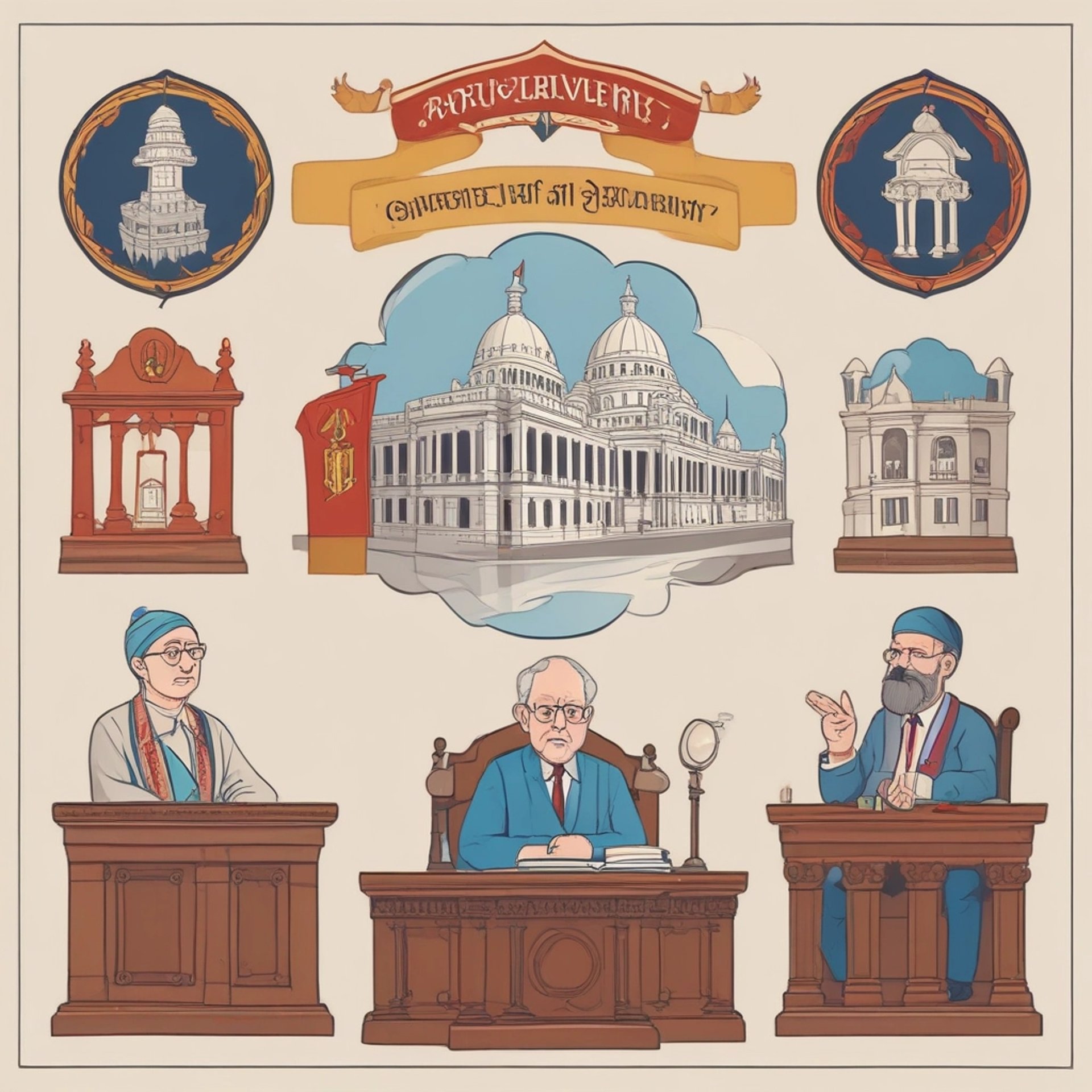
Summary of Chapter 3: What is Government?
Introduction
A government is an organization that makes decisions and implements laws to run a country smoothly.
It works at different levels, such as local, state, and national levels.
Functions of Government
The government performs various functions to maintain order and welfare in society. Some key roles include:
Making Laws:
Governments create laws to ensure peace, security, and fairness.
Example: Laws against crimes like theft and violence.
Maintaining Law and Order:
Police and judiciary help in maintaining law and order.
Courts settle disputes and ensure justice.
Defending the Country:
The government maintains the army, navy, and air force for national security.
Providing Public Services:
It provides services like healthcare, education, transport, and electricity.
Example: Government schools, hospitals, and roads.
Collecting Taxes and Managing Resources:
It collects money from citizens in the form of taxes to fund welfare programs.
Example: Income tax, GST, and property tax.
Helping During Emergencies:
It provides aid during natural disasters like floods, earthquakes, and droughts.
Types of Government
Governments can be of different types based on how they function and who controls them:
Democratic Government:
People elect their leaders through voting.
Citizens have the right to participate in decision-making.
Example: India, USA.
Monarchy:
A single ruler (king or queen) has all the power.
People do not elect their leader.
Example: Saudi Arabia.
Levels of Government
Government operates at three levels to manage different needs:
Local Government:
Functions at the village, town, or city level.
Includes Panchayats and Municipalities.
State Government:
Functions at the state level and manages issues within a state.
Led by the Chief Minister.
National Government (Central Government):
Governs the entire country.
Led by the Prime Minister.
Democratic Participation and Importance of Elections
Democracy allows people to elect leaders through voting.
Elections ensure fair representation and accountability of leaders.
Citizens have the right to question the government and demand justice.
Laws and Responsibilities of Government
Governments make laws to maintain fairness in society.
People must follow the laws, and the government ensures they are implemented.
Example: The Right to Education (RTE) Act ensures free education for children.
Conclusion
Government plays a crucial role in society by making laws, protecting citizens, and providing services.
In a democracy, people have the power to elect their leaders and participate in governance.
This summary covers the key points of the chapter in a structured way.
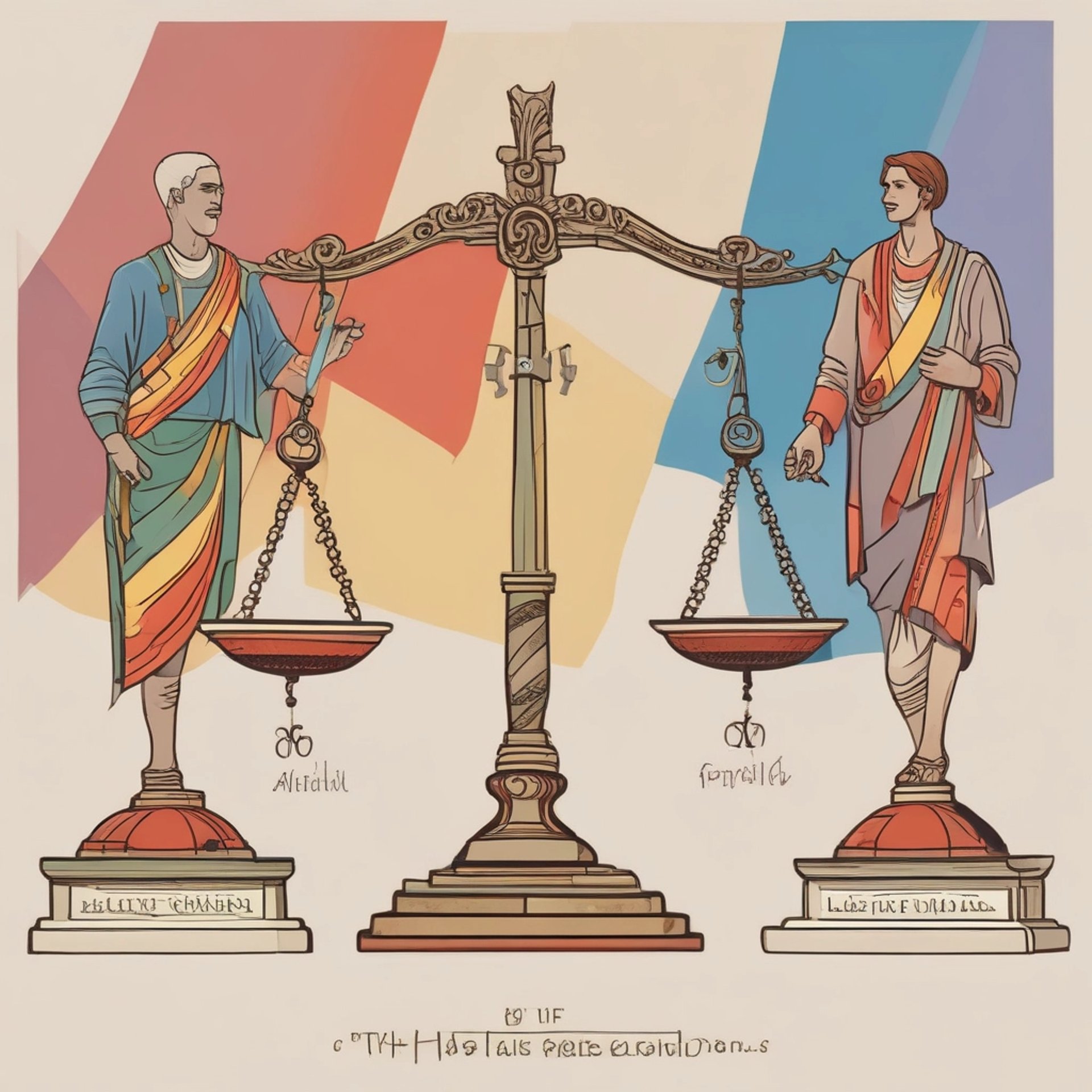
Summary of Chapter 4: Key Elements of a Democratic Government
Introduction
Democracy is a form of government in which people elect their representatives and participate in decision-making.
India is a democratic country where every citizen has equal rights and responsibilities.
Participation and Accountability in a Democracy
People’s Participation:
Democracy allows citizens to participate in governance through voting, protests, and discussions.
Elections are held at regular intervals where people vote for their representatives.
Example: In India, elections are held every five years for Parliament and State Assemblies.
Government Accountability:
A democratic government is answerable to the people.
Citizens can question the government’s decisions and policies.
Example: People can write letters to newspapers, protest against unfair laws, or file complaints.
Equality and Justice in a Democracy
Equality Among Citizens:
Every person, regardless of their caste, religion, gender, or economic background, has equal rights.
The Indian Constitution guarantees equality before the law.
Justice for All:
Discrimination is not allowed, and laws are made to protect weaker sections of society.
Example: The government provides reservations in education and jobs for Scheduled Castes (SCs), Scheduled Tribes (STs), and Other Backward Classes (OBCs).
Conflict Resolution in a Democracy
Conflicts in Society:
Differences in opinion, interests, and resources can lead to conflicts between individuals, communities, or regions.
Example: Conflicts over land, water, or religious beliefs.
Government’s Role in Resolving Conflicts:
The government plays a key role in resolving disputes peacefully.
Example: The Cauvery Water Dispute between Karnataka and Tamil Nadu was resolved by the Supreme Court.
The Role of the Government in Ensuring Justice
The government makes laws to protect the rights of marginalized communities.
Special schemes and policies are implemented to promote social justice.
Example: Laws against untouchability, child labor, and discrimination.
Conclusion
Democracy ensures participation, equality, justice, and conflict resolution.
A good democratic government listens to the people and works for their welfare.
Citizens must actively participate and hold the government accountable for a successful democracy.
This summary covers all the important aspects of the chapter in a structured and easy-to-understand manner.
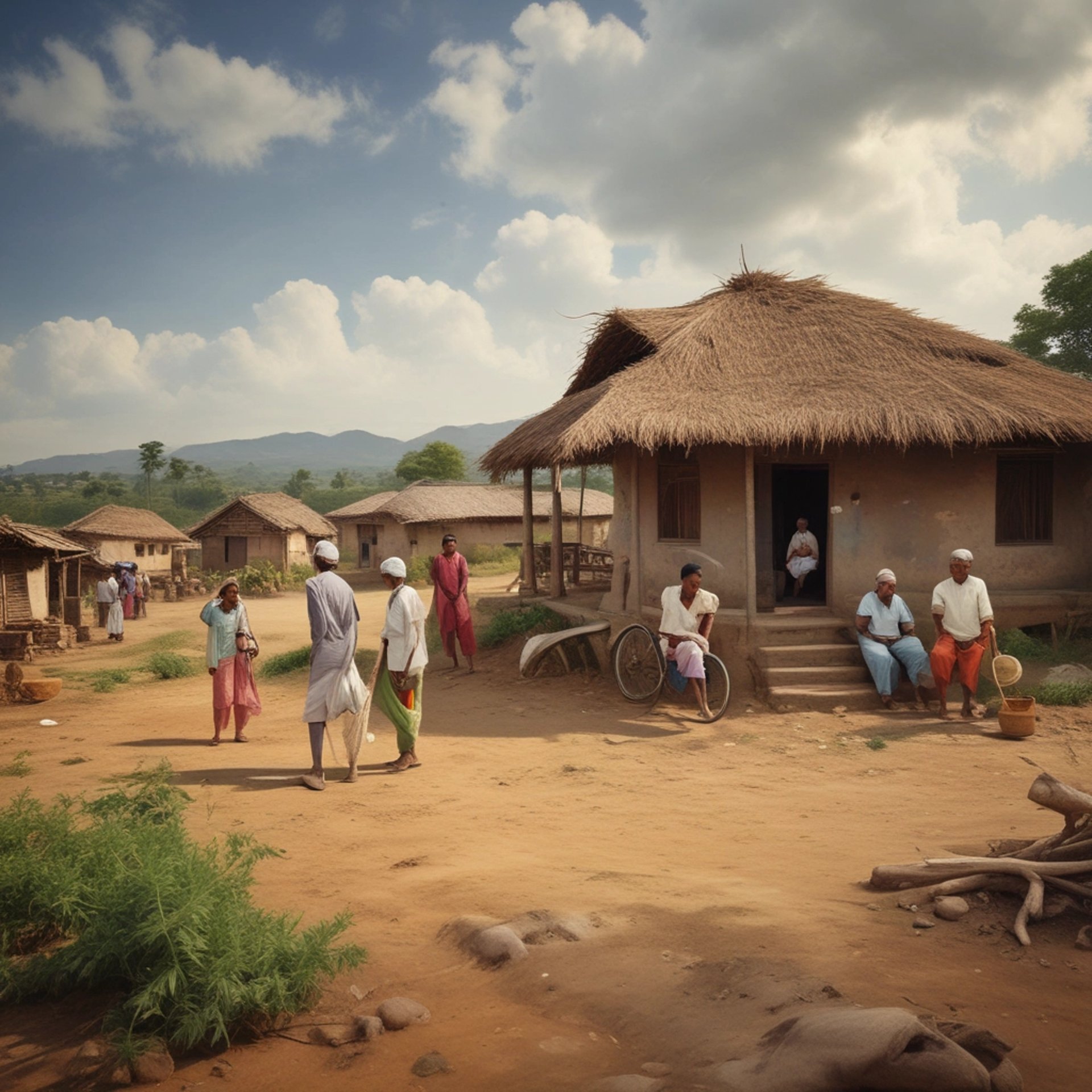
Summary of Chapter 5: Panchayati Raj
Introduction
The Panchayati Raj system is the local self-government system in villages.
It helps people at the grassroots level participate in governance.
It was introduced to decentralize power and bring government closer to the people.
Gram Sabha: The Foundation of Panchayati Raj
What is Gram Sabha?
A body of all adults (18+ years) in a village.
It meets to discuss village problems and development plans.
Functions of Gram Sabha:
Approves plans and budgets for village development.
Ensures proper utilization of government funds.
Prevents corruption and monitors the work of the Panchayat.
Gram Panchayat: The Executive Body
What is Gram Panchayat?
A small governing body at the village level that manages day-to-day administration.
Members are elected by the people for five years.
Composition of Gram Panchayat:
Sarpanch (Head): Elected by villagers, presides over meetings.
Panch (Ward Members): Representatives from different parts of the village.
Secretary: Appointed by the government to maintain records and accounts.
Functions of Gram Panchayat:
Provides basic facilities like drinking water, roads, streetlights, and sanitation.
Maintains village schools, healthcare centers, and common property.
Resolves disputes and ensures law and order in the village.
Implements government schemes like MNREGA (employment scheme).
Sources of Income for the Panchayat
Taxes on houses, markets, and land.
Government funds and grants.
Donations and contributions from villagers.
The Three-Tier Structure of Panchayati Raj
Village Level: Gram Panchayat (Looks after a single village).
Block Level: Panchayat Samiti (Looks after a group of villages).
District Level: Zila Parishad (Looks after the entire district).
Significance of Panchayati Raj
Strengthens democracy at the grassroots level.
Ensures people’s participation in decision-making.
Promotes local development and self-sufficiency.
Conclusion
The Panchayati Raj system empowers villagers to solve their own problems.
It ensures that government schemes reach the people effectively.
It is a crucial step towards self-governance and rural development.
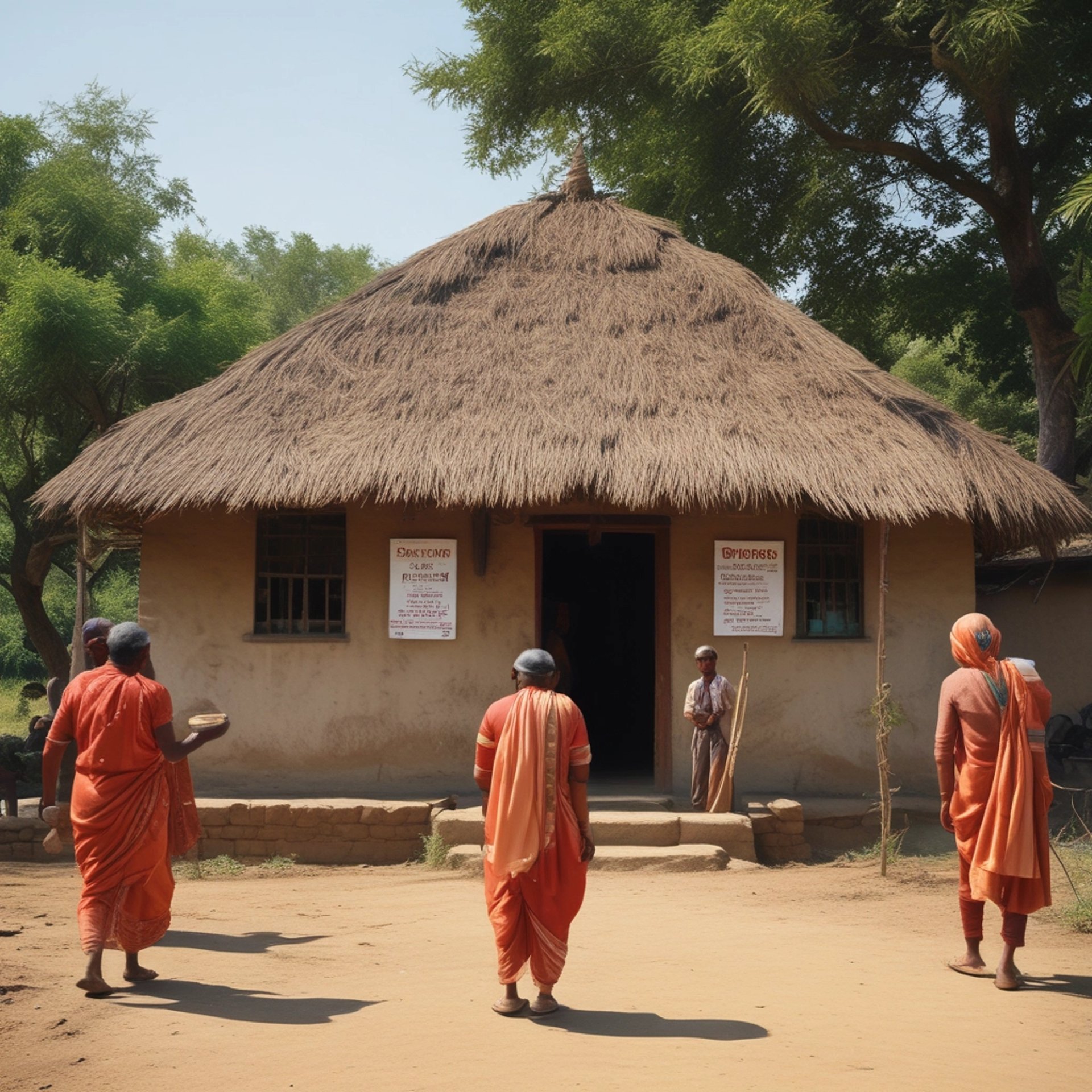
Summary of Chapter 6: Rural Administration
Introduction
Rural areas need proper administration to maintain law and order, resolve disputes, and provide basic facilities.
The administrative structure in villages includes the Police, Patwari, and Tehsildar, who ensure smooth governance.
Role of the Police in Rural Administration
Maintaining Law and Order:
The police prevent crimes, investigate cases, and ensure justice.
Example: If a theft or land dispute occurs, people file a complaint at the police station.
Filing an FIR (First Information Report):
An FIR is the first step in legal action when a crime is reported.
It includes details of the incident, date, time, and people involved.
The police investigate the matter after filing the FIR.
Police Stations in Rural Areas:
Each village falls under a specific police station.
The police station is responsible for maintaining peace in its area.
Role of the Patwari (Land Record Officer)
Who is a Patwari?
A government officer responsible for maintaining land records in villages.
Known by different names in different states (Lekhpal, Kanungo, Karamchari, Village Officer).
Functions of a Patwari:
Maintains records of land ownership and crop details.
Measures agricultural land and updates land maps.
Helps the government in tax collection from landowners.
Assists in settling land disputes between villagers.
Why Land Records Are Important?
Land records help in resolving property disputes.
Farmers need these records to apply for loans or government schemes.
They are required during land sales or purchases.
Role of the Tehsildar in Rural Administration
Who is a Tehsildar?
A senior government officer in charge of revenue collection and land-related matters in a tehsil (sub-district).
Functions of the Tehsildar:
Ensures that Patwaris update land records regularly.
Resolves disputes related to land ownership and property division.
Issues important documents like caste certificates and income certificates.
Supervises the work of Patwaris and village officials.
Land Disputes and the Need for Proper Administration
Land disputes are common in villages due to unclear ownership, inheritance issues, and illegal occupation.
Proper record-keeping by the Patwari and legal resolution by the Tehsildar help in settling such disputes.
The government ensures fairness and transparency in rural administration.
Conclusion
Rural administration plays a crucial role in maintaining law, order, and land records.
The Police, Patwari, and Tehsildar work together to solve disputes and help villagers.
Proper governance ensures justice, security, and efficient land management in rural areas.
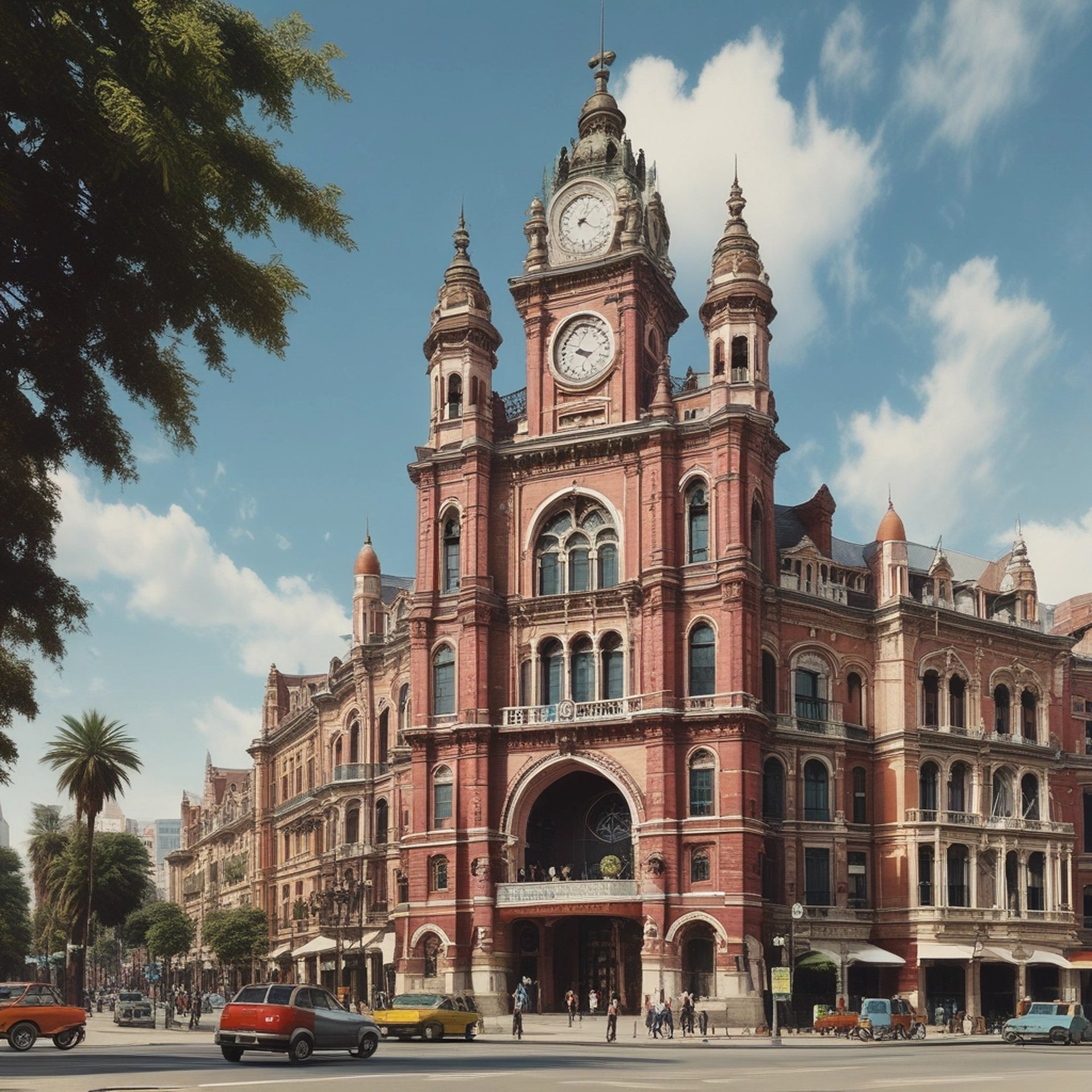
Summary of Chapter 7: Urban Administration
Introduction
Cities and towns require proper administration to manage essential services like roads, electricity, water supply, sanitation, and waste disposal.
The Municipal Corporation and Municipal Council are responsible for urban governance.
These urban bodies ensure smooth functioning and development of the city.
The Role of the Municipal Corporation
What is a Municipal Corporation?
It is the local government body responsible for big cities.
Cities with large populations (e.g., Delhi, Mumbai, Chennai) have a Municipal Corporation.
Smaller cities and towns have Municipal Councils.
Functions of the Municipal Corporation:
Maintaining roads, bridges, and public transport.
Ensuring proper water supply and sanitation.
Managing garbage collection and waste disposal.
Providing healthcare, schools, and street lighting.
Preventing the spread of diseases and ensuring cleanliness.
Composition of the Municipal Corporation
Mayor:
The head of the Municipal Corporation, elected by its members.
Represents the city in official matters.
Municipal Commissioner:
A senior government officer appointed to oversee daily operations.
Responsible for implementing policies and managing employees.
Ward Councillors:
Each city is divided into wards, and people elect a ward councillor for their area.
Councillors make decisions on local issues and propose development plans.
Administrative Staff:
Includes engineers, health officers, sanitation workers, and clerks.
They assist in carrying out municipal functions.
Sources of Income for the Municipal Corporation
Taxes: Property tax, water tax, and vehicle tax.
Government grants: Financial aid from the state and central government.
Fines and fees: Penalties for rule violations, trade licenses, and parking fees.
The Role of Citizens in Urban Administration
Citizens elect councillors and can hold them accountable.
They can file complaints regarding poor services.
Active participation in cleanliness drives, awareness programs, and community meetings helps in better governance.
Example: A Water Shortage in the City
The chapter gives an example of a water crisis in a city.
Citizens protest against the lack of clean drinking water.
The ward councillor takes action and discusses the issue in a municipal meeting.
The municipal body finds a solution to improve the water supply system.
Conclusion
Urban administration is essential for smooth functioning of cities and towns.
The Municipal Corporation and Municipal Councils manage services like water, sanitation, and roads.
Citizens play a vital role by participating in governance and raising concerns.
Efficient urban administration improves the quality of life for city residents.
Learning
Providing quizzes and educational resources for success.
Resources
SREENIKESH Academy
info@sreenikeshacademy.com
7899393391
© 2025. All rights reserved.